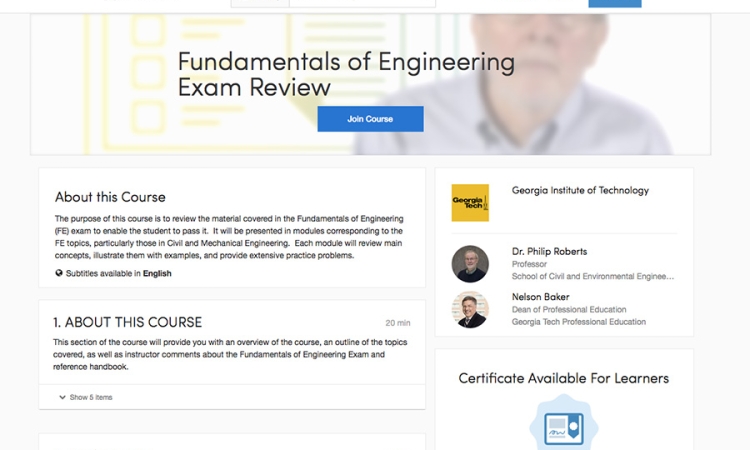Dr. Roberts’ professional interests are in environmental fluid mechanics, particularly its application to the engineering design of water intakes and ocean outfalls for disposal of wastewaters and desalination brine, and density-stratified flows in lakes, estuaries, and coastal waters. This includes mixing and dynamics of natural water bodies, mathematical modeling of water quality, field studies, and laboratory studies of turbulent mixing. He is an authority on the fluid mechanics of outfall diffuser mixing and the development and application of mathematical models of wastewater fate and transport. He has extensive international experience in marine wastewater disposal including the design of ocean outfalls, review of disposal schemes, numerical modeling, and the design and analysis of oceanographic field study programs. Dr. Roberts has lectured widely on outfall design and is presently Co-Chairman of the IAHR/IWA Committee on Marine Outfall Systems. Dr. Roberts’ mathematical models and methods have been adopted by the U.S. EPA and are widely used around the world. He is a regular lecturer at workshops for the U.S. EPA on mixing zone analyses and on the use of mathematical models and outfall design for the Pan American Health Organization. He has developed innovative experimental techniques for research on diffuser mixing processes using three-dimensional laser-induced fluorescence and has published extensively in this area. For this research he was awarded the Collingwood Prize of ASCE in 1980 and was UPS Foundation Visiting Professor at Stanford University in 1993-94. He is presently one of only two Distinguished Scholars in the National Ocean and Atmospheric Administration (NOAA) Oceans and Human Health Initiative (OHHI) in which he is conducting research on the hydrodynamic aspects of bacterial and pathogen transport in coastal waters. Dr. Roberts holds a professional engineering (PE) license.
Environmental fluid mechanics, mixing and dynamics of rivers, lakes, coastal waters, and estuaries, Outfalls for wastewater discharge, Mathematical models of wastewater fate and transport, Oceanographic field programs and data interpretation


